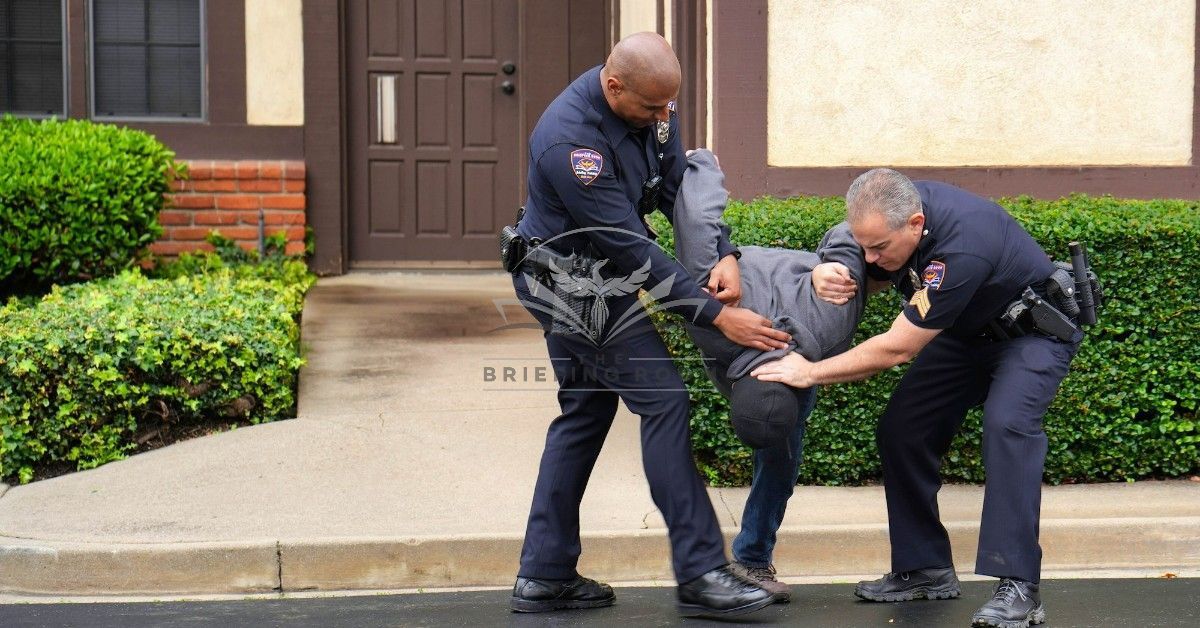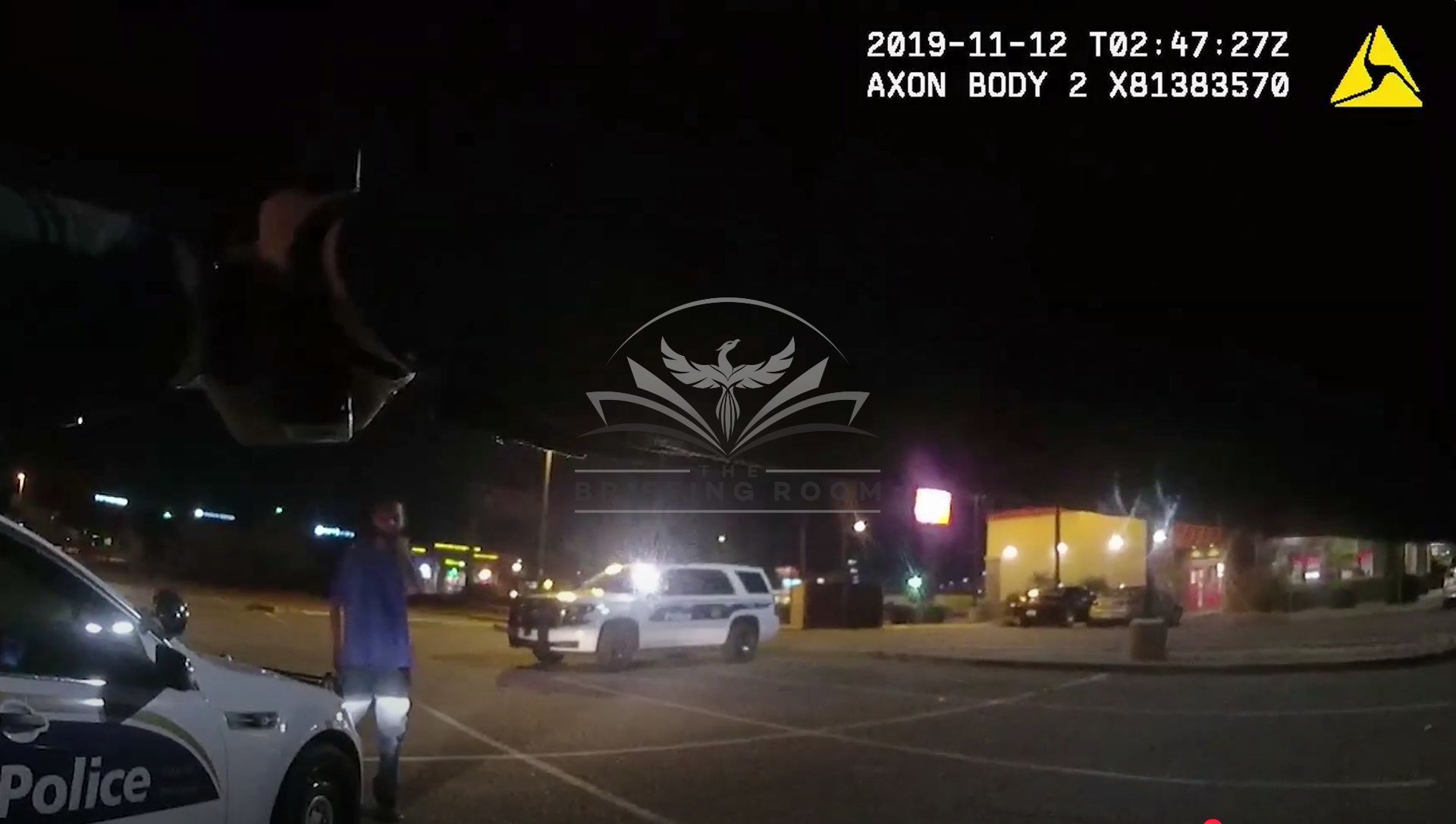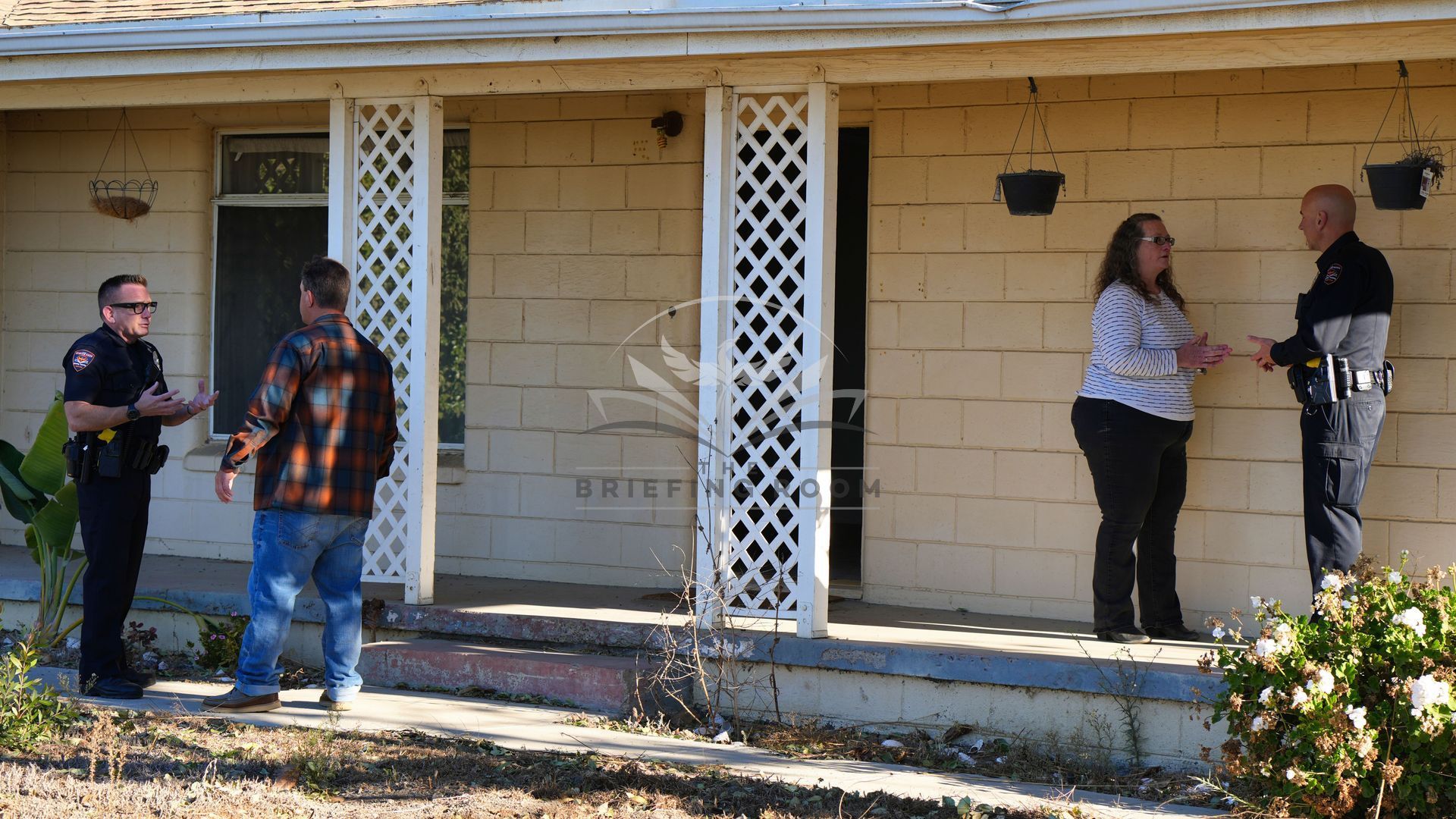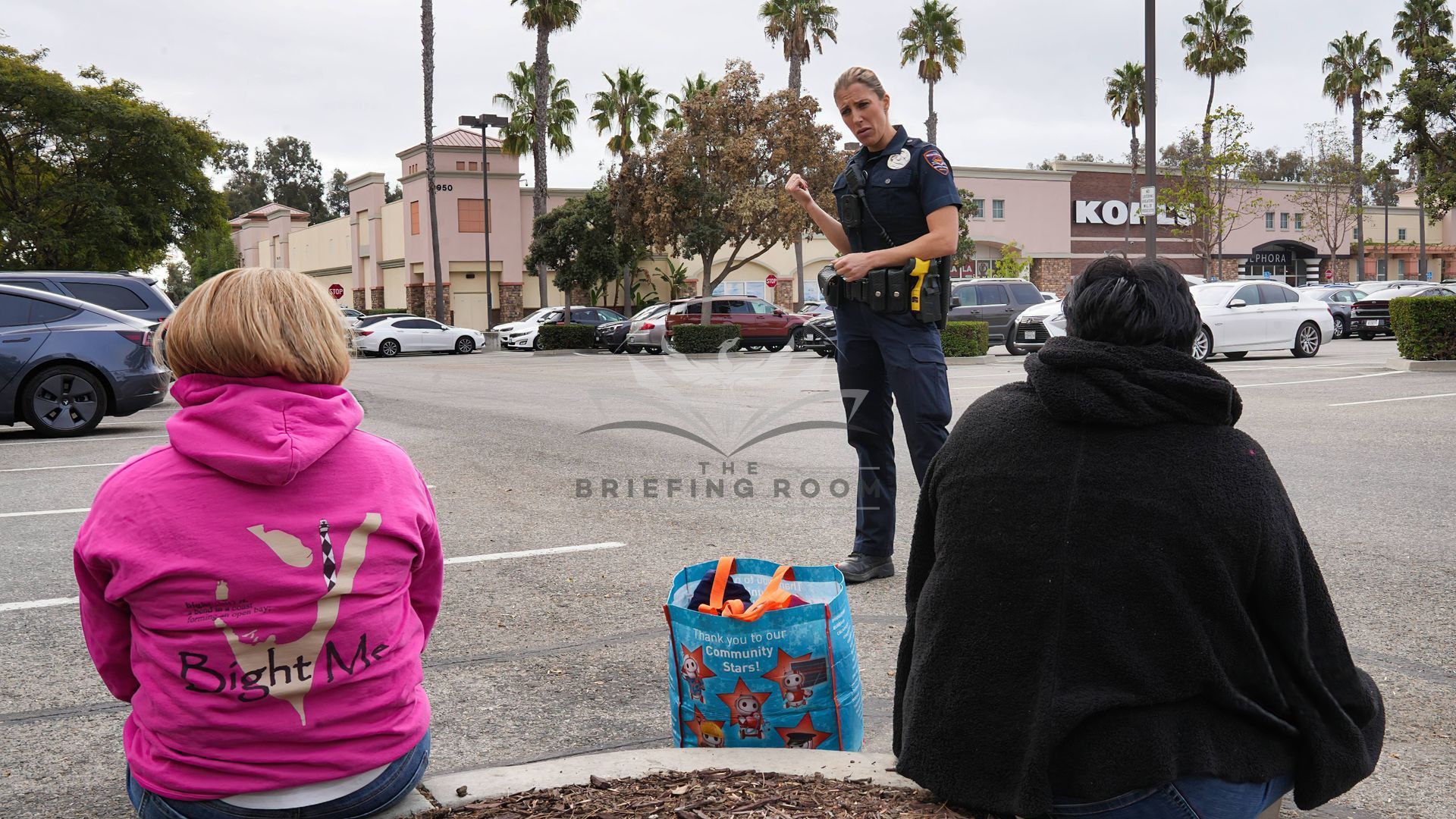Are Takedowns Always a Low-Level Use of Force?

This post is only offered as a discussion topic only and does not represent legal advice. Officers must refer to the laws in their own State as well as their agency's policies, which can be more restrictive on officers that the law requires.
Scenario: A police officer is working patrol and is about to arrest a man for a minor violation. The man passively refuses to comply with the officers arrest by refusing to follow directives. The police officer and their partner decided to take him down to the ground to put him into handcuffs, but one of the officers held his arms behind his back and tripped him forward onto his face, causing long-term physical injuries. Does the fact that this is just a takedown make it an objectively reasonable use of force?
Are Takedowns Always a Low-Level Use of Force?
Answer: The 9th circuit case Rice v Morehouse from 2021 addressed the idea of using take downs during arrests. In this case, the officers were denied qualified immunity because the court determined that, according to the subject, he was only passively resisting. According to the court, the portion of the event that was caught on dash camera video supported this. But the manner in which he was taken down to the ground was significant. The court said “The officers executed the takedown maneuver while holding Rice in a “police lead” position; that is, they tripped Rice so that he would fall to the ground as they held his arms behind his back.”The court also said, “The officers’ takedown involved a substantial and aggressive use of force. Its use must be justified by the need for the specific level of force employed.”
There's several takeaways from this is case such as ensuring your body cameras are on and slowing the pace of the incident gives the court room to support your actions. But another key takeaway is that even though a takedown is generally considered a lower level non-deadly use of force, how the takedown is performed and the injuries the person receives can have a big effect on what level of force was used. As with all use of force, takedowns must be objectively reasonable under the totality of the circumstances.
Learn more about this important topic available on TheBriefingRoom.com
The Briefing Room has a short training video available on this exact scenario so agency supervisors can easily train every officer in your agency on this essential topic.
www.TheBriefingRoom.com
90-Second Training Videos Your Supervisors Use During Briefing or Roll Call To Develop High-Performing Teams of Officers.
✅ Lower Liability
✅ Retain Officers
✅ Build Community Support
🌟 Produced Exclusively by Active-Duty Law Enforcement Instructors 🌟



